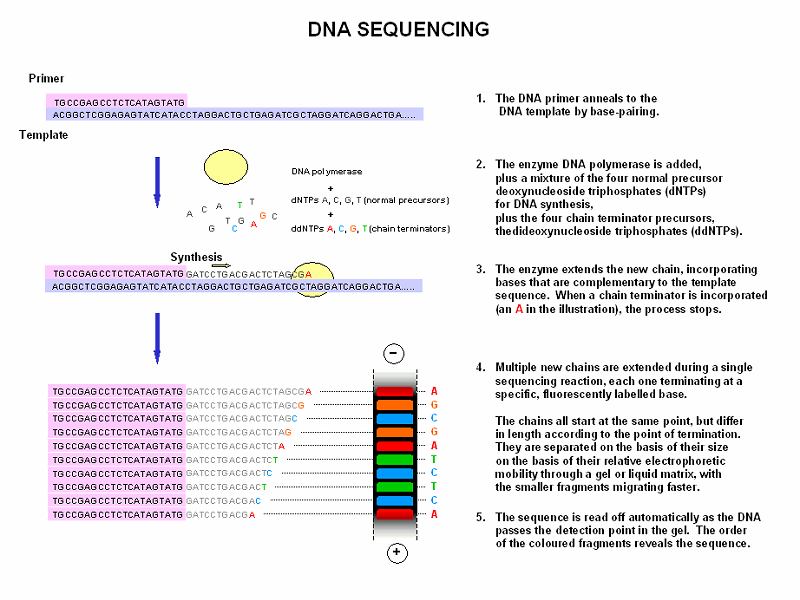The History of the UK Genome Project
The concept of genetic inheritance was first described by Mendel in 1865 in his study of peas. He observed that specific factors which affect such characteristics as physical appearance are passed from each parent to their offspring, and on into subsequent generations. The role of chromosomes in passing on genetic information during cell division was advanced by Sutton in 1903. The observation by Morgan in 1910 that certain combinations of characteristics (or traits) in fruit flies were often inherited as a group led to the conclusion that the genetic factors governing these traits were close to each other (linked) along chromosomes. Genetic factors (or genes) were thus arranged linearly with respect to each other, and the order and distance between them could be determined and drawn out in a map.
The description of the structure of DNA as a double helix by Crick and Watson in 1953 immediately illustrated the digital nature of all genetic information, stored in the order of the four bases, and also suggested a mechanism by which the information might be copied faithfully from cell to cell, and hence from generation to generation. The natural DNA copying process (or replication) was later harnessed in vitro and formed the basis of a fast method developed by Sanger and his colleagues in 1977, to determine the order of the bases, or sequence, in any piece of DNA from any organism. This method is in routine use in all laboratories today, and underpins all genome projects.



